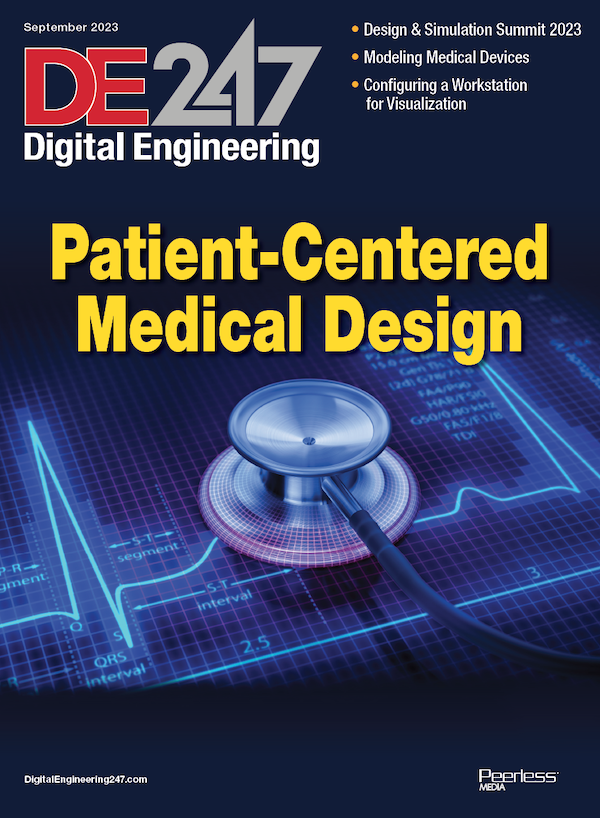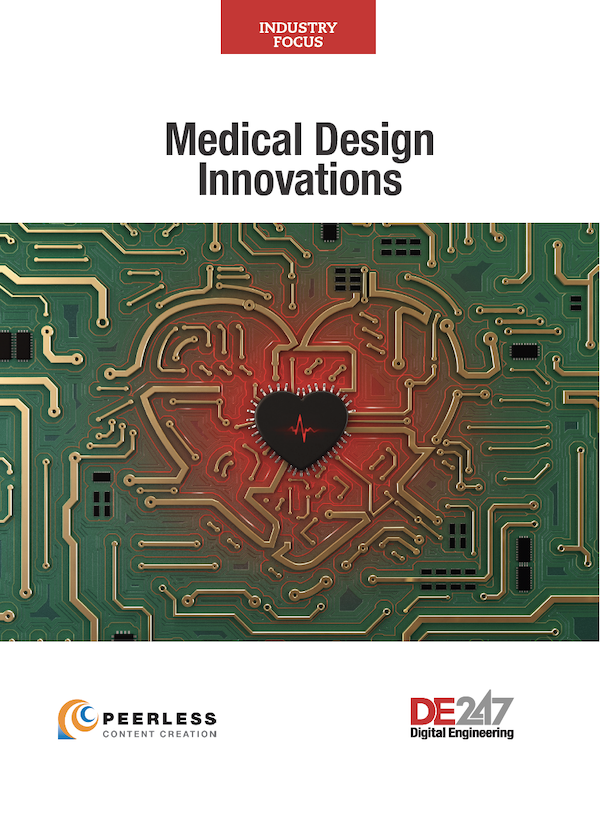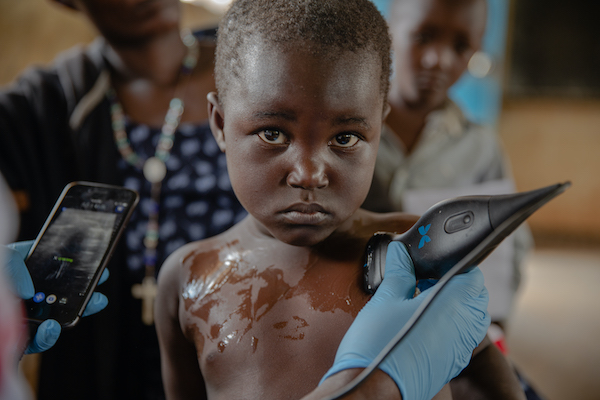
Roughly two-thirds of the global population has no access to ultrasound and other types of advanced imaging. Butterfly is remedying this situation, according to the World Health Organization. Image courtesy of Butterfly.
Latest News
February 4, 2023
Time-travel back to 2010 and ask Massachusetts Institute of Technology (MIT) master’s student Nevada Sanchez what he’ll do after graduation. Given his work on astronomical interferometry, field programmable gate arrays, and MIT’s Fast Fourier Transform Telescope project, he might have said his future self would have a career in radio astronomy and digital imaging of the universe.
Today, he might tell you how funny it is that life throws us the occasional curveball. Twelve years after those days of cramming for finals in Cambridge, Sanchez is indeed in the imaging business, but his subjects are much closer to home than far-off nebulae and galaxies—immediately after graduation, he went into business with Jonathan Rothberg, co-founding Butterfly Network, a digital health company in Burlington, MA.
Their founding mission? Democratizing healthcare.

From midwives to cardiologists, ER physicians to family care practitioners, Butterfly says it offers a cost-effective portable alternative to traditional ultrasound devices. Image courtesy of Butterfly.
“Although ultrasound imaging has been available for decades, it’s still not widely or readily accessible,” says Sanchez. “About two-thirds of the world has no access to it at all. So even though it’s very powerful and can change the course of roughly half of all diagnostic decisions, ultrasound is not yet a tool for everyone. We are changing that.”
Medical Imaging for Everyone
Thanks to no small amount of hard work, together with some advanced design and analysis software from Cadence Design Systems, San Jose, CA, Butterfly Network is well on its way to achieving that noble goal.
“They’ve developed an application-specific integrated circuit, or ASIC, that’s going to revolutionize the ultrasound industry,” says Cadence Senior Account Executive Aaron Schofield. “It has allowed them to take what has traditionally been a huge machine and fit it into a device that fits into the palm of your hand.”
Sanchez has nothing but good things to say about Cadence and its suite of design tools, but admits that none of this was possible until fairly recently. He explains that semiconductor quality and performance alike have improved exponentially over the past few decades, bringing significant changes to almost every industry. Because of this, devices of all kinds are smaller, less expensive, more energy efficient, and above all, more powerful.
“Semiconductors have made it possible for us to carry around iPhones, Androids and other portable devices equipped with high-quality digital cameras,” says Sanchez. “We’ve now accomplished the same thing with medical ultrasound imaging.”
Whether it’s an emergency room physician in Detroit or a midwife in Nairobi, Africa, users of a Butterfly device can store and share images in a secure cloud, which not only allows practitioners to track changes to their patients over time, but complete required documentation for reimbursement purposes, download software updates, or receive assistance and training via Butterfly’s telemedicine services.
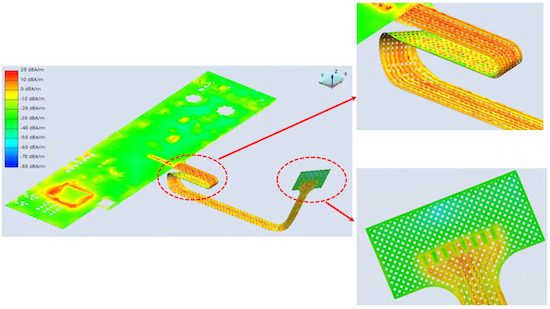
Rigid-flex PCB designs can be simulated in Cadence design and analysis tools as all 3D bending information is read natively from the design tool into the 3D simulation tools. Image courtesy of Cadence.
With a compatible smartphone and an internet connection, features that were once the sole province of large medical facilities boasting extensive infrastructures are now accessible to all.
“We make it both easy and affordable for even the smallest of medical practices to implement ultrasound imaging,” says Sanchez.
POCUS (No HOCUS)
The industry labels these systems point of care ultrasound (POCUS), yet Sanchez is quick to point out that Butterfly is the first of its kind that can image the entire body with a single probe, and do so at a far lower cost point than competing devices. This is possible via the company’s trademarked “Ultrasound-on-Chip” technology, a concept that’s much easier to describe than it is to achieve. Here again, Cadence played a significant role.
“They’ve been an outstanding partner to us and were instrumental in helping with our unique needs,” Sanchez says, who explains that ultrasound design is quite challenging compared to other types of semiconductor engineering because it involves a number of different technologies. “It requires what we call mixed signal integration: combining digital signals with the analog ones created by microelectromechanical systems—MEMS devices—which are essentially tiny machines that you fabricate from silicon directly on the chip. As a result, we have nearly 9,000 individually addressable channels in our system.”
That’s a lot of circuitry, he adds, noting that Cadence is “the best tool set in the industry with this level of mixed-signal capabilities” and “can integrate digital and analog hierarchies very seamlessly.”
One example of this was their newfound ability to perform digital timing closure in a circuit design that was implemented using an analog design flow. “Here, you have analog designers putting together multiple digital blocks and coupling them with their analog blocks,” says Sanchez. “We were able to do a kind of timing verification to ensure design functionality that would otherwise be very challenging or at least very risky to do without Cadence’s toolset.”
Seeing Clearly Now
Cadence’s Schofield seconds those statements. “Our goal is to make engineers’ lives easier and reduce mistakes, both of which help them get to market more quickly. We do this by giving them everything they need—the chip tools, the package tools and the board tools—and interconnecting it all so there’s no need to take data out of one software tool and move it to another. Instead, ASIC engineers can do everything within a virtual cockpit, calling up various simulators to drive the packaging, board and chip design from a single integrated platform.”
Schofield explains that much of Butterfly’s work on future products is accomplished with Cadence’s Sigrity technology, which the company website says, “provides high-speed system designers with the most comprehensive, end-to-end, in-design interconnect modeling, signal and power integrity simulation for PCB and IC packages.” Since their initial (and quite successful) product launch, however, Butterfly has expanded its use of Cadence software by implementing the Clarity 3D Solver, a finite element solver that allows ASIC designers to analyze the electromagnetic performance of a 3D structure.
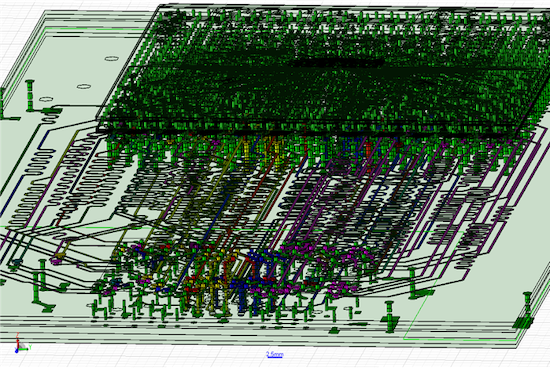
Merging PCB design data with IC package design data requires high-capacity simulations. Cadence high-performance computing (HPC) simulations return results without consuming terabytes of memory. Image courtesy of Cadence.
“Others in the marketplace claim to offer similar products, but ours has algorithms to parallelize the analysis over many computers,” says Schofield. “What’s more, the computers don’t need a ton of memory or especially powerful processors—by working together, they allow you to come to an answer faster, even if you want to analyze an entire board or even an entire system in a single simulation.”
Beyond CPU speed or parallel processing, what matters most to Sanchez is the ability to produce the most cost-effective handheld device on the market. And although it’s still early, the Clarity 3D Solver is giving Butterfly the tools they need to make its first product iteration even better.
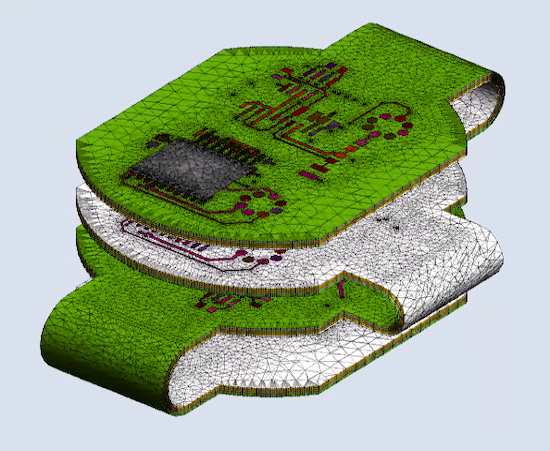
“Ultrasound systems tend to be very sensitive to external noise sources and parasitic influences,” Sanchez says. “In the past, we often found ourselves trying multiple different system and package designs and then waiting to physically measure the performance in order to iterate. It’s still early in the process, but Cadence and the Clarity platform promise to eliminate the guesswork, allowing us to better understand performance during design rather than at the realization phase. This will allow us to more quickly develop new products and bring us closer to our goal of democratizing ultrasound on a global basis and, ultimately, help to save lives.”
Kip Hanson writes about all things manufacturing. You can reach him at kip@kahmco.net.
More Cadence Coverage
Subscribe to our FREE magazine, FREE email newsletters or both!
Latest News
About the Author
Kip Hanson writes about all things manufacturing. You can reach him at .(JavaScript must be enabled to view this email address).
Follow DERelated Topics





